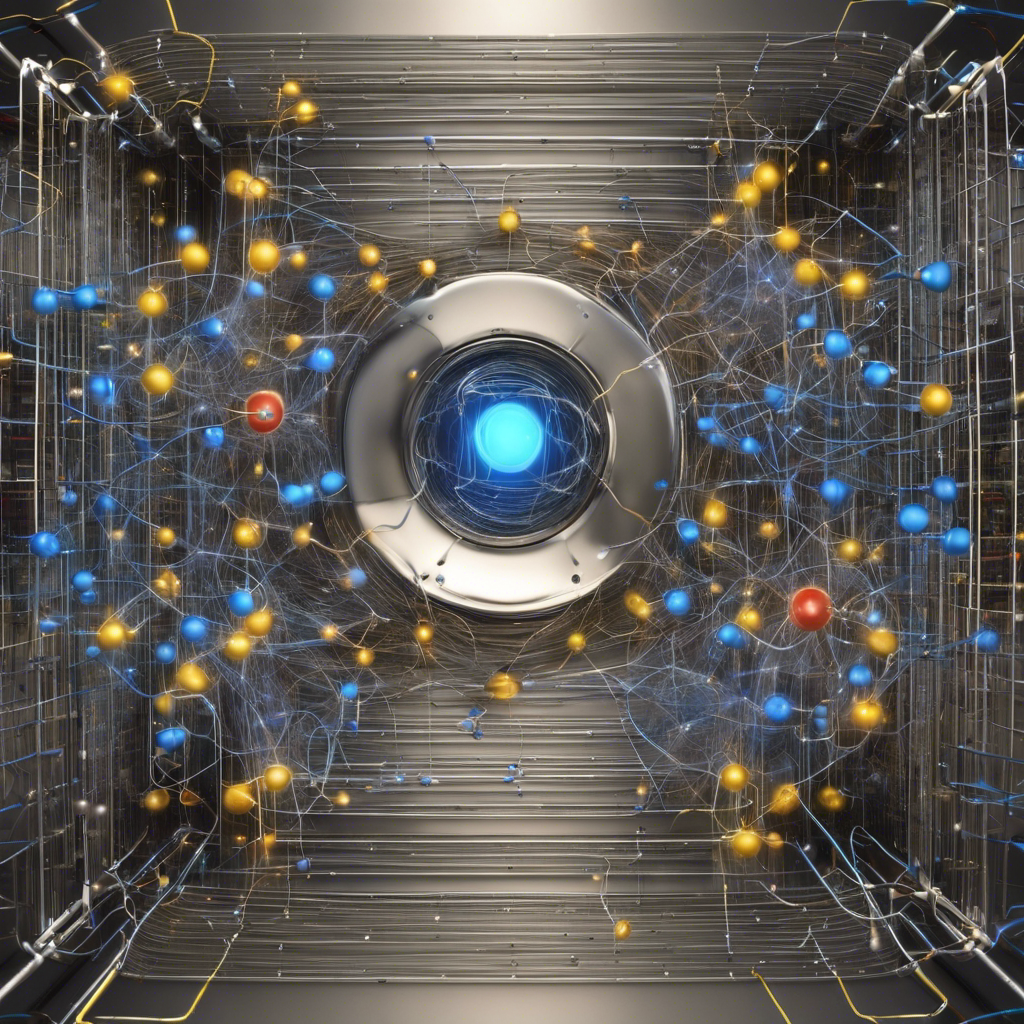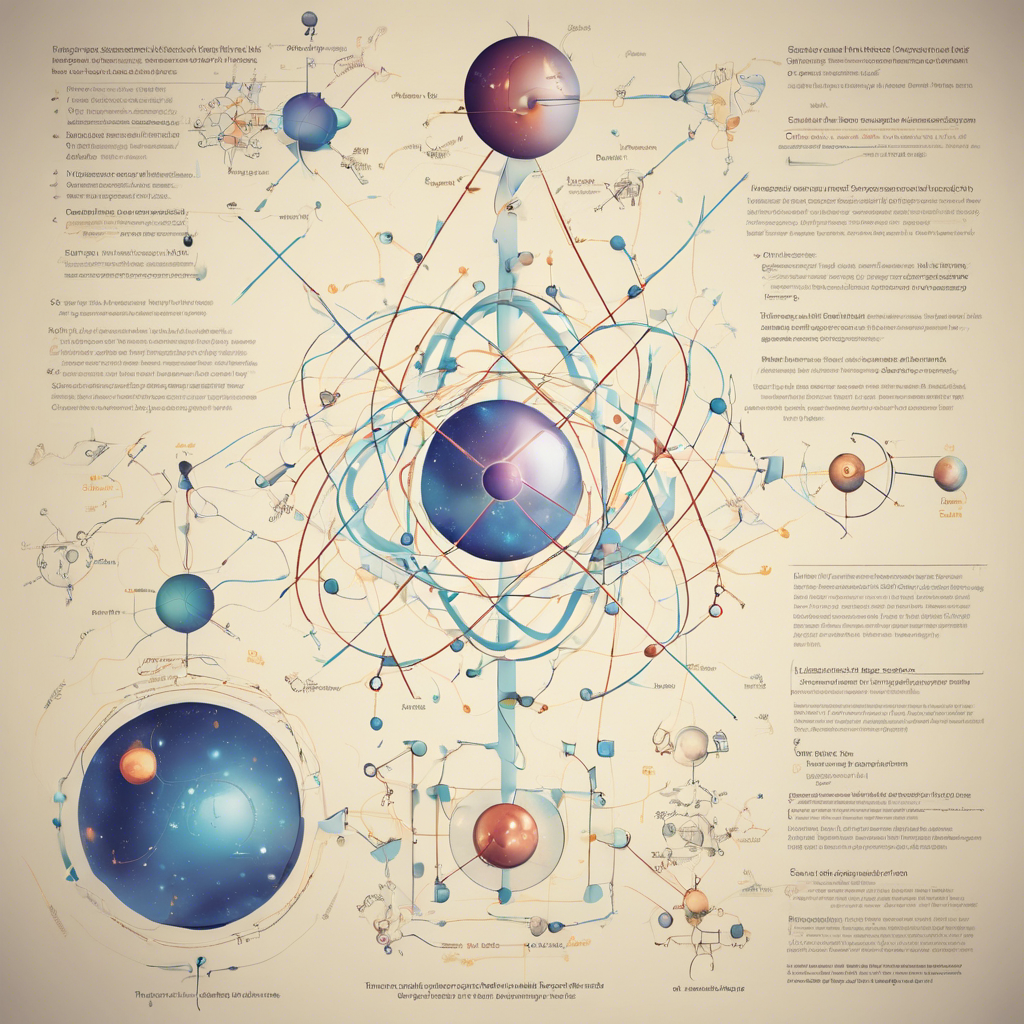Linking individual molecules into quantum entangled states opens doors for practical applications
In a groundbreaking development, a team of physicists at Princeton University has successfully achieved quantum entanglement with individual molecules. This achievement holds significant implications for the future of quantum computing and other practical applications. Published in the journal Science, this research marks a major step forward in the quest for quantum advantage.
The Power of Quantum Entanglement:
Quantum entanglement is a phenomenon in which particles become intrinsically connected, maintaining correlation and the ability to interact regardless of distance. This concept, famously referred to as “spooky action at a distance” by Albert Einstein, forms the foundation of quantum mechanics. The ability to harness quantum entanglement is crucial for achieving quantum advantage, which allows quantum devices to outperform classical ones.
Challenges and Advances in Quantum Entanglement:
Creating controllable quantum entanglement has been a significant challenge, as scientists have yet to determine the ideal physical platform for quantum computing. Various technologies, such as trapped ions and superconducting circuits, have been explored. However, molecules have presented a unique set of advantages that make them promising candidates for quantum information processing and simulation of complex materials.
Overcoming Complexity:
Molecules have proven difficult to control in the laboratory due to their complexity. However, the Princeton researchers devised an innovative experiment to address these challenges. They selected a polar molecular species that could be cooled with lasers and used optical tweezers to individually position the molecules into desired configurations. By encoding qubits into the molecules’ non-rotating and rotating states, the team demonstrated the coherence and controllability of molecular qubits.
Achieving Entanglement:
To entangle the molecules, the researchers employed microwave pulses to induce coherent interactions between individual molecules. By precisely controlling the interaction time, they successfully implemented a two-qubit gate that entangled two molecules. This breakthrough is a crucial step towards universal digital quantum computing and the simulation of complex materials.
Future Prospects and Implications:
The potential of this research extends beyond quantum computing. The innovative platform of molecular tweezer arrays opens doors for investigating many areas of quantum science. The Princeton team aims to explore the physics of many interacting molecules, which can simulate quantum many-body systems and reveal emergent behaviors such as novel forms of magnetism. The results from an independent research group at Harvard University and the Massachusetts Institute of Technology further validate the reliability and potential of molecular tweezer arrays as a new platform for quantum science.
Conclusion:
The achievement of quantum entanglement with individual molecules by Princeton researchers marks a significant milestone in the field of quantum computing. This breakthrough paves the way for practical applications, including faster problem-solving, complex material simulation, and improved sensing capabilities. As the study of quantum science continues to push boundaries, molecules are emerging as a promising platform for unlocking the full potential of quantum technologies.











